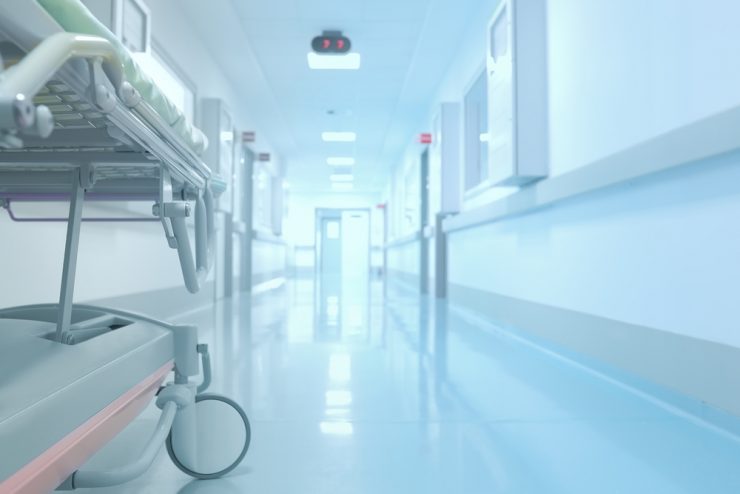This is a rarely seen form of cancer. The way this disease progresses differentiates it from others. Usually cancerous growths develop at a particular part and spreads all over the body. But this condition is marked by its nature of appearing simultaneously at several body parts. These growths are referred to as a lesion of tumour. The primary area that gets affected is skin. These appear in different colours as purple, red, blue or brown. Often these lesions are tiny and flat.
People of all age groups are likely to develop this condition. But people suffering from AIDS, elderly Jewish men, young African adult males and people under immunosuppressant therapy are more at risk.
Kaposi’s sarcoma may be divided into:
AIDS related: It is the most rapidly developing type. Among the types this one is more frequently seen one and is the result of an immunosuppressant condition. The treatment for this type depends upon the general health and possible recovery state.
Classic: This type is comparatively rare. Elderly Jewish men are more likely to suffer from this. It mostly affects skin of arms and legs. This type progress gradually only.
Endemic or African: This type is typically found in Africa and chiefly affects men.
Transplant related: This is seen in people with a compromised immune status often following an organ transplant.
Symptoms
The symptoms depend on the area which is affected.
Skin: On skin it may be present in the form of a lump or even a spot that is painless. It has an appearance similar to a bruise and may have purple, blue, red or brown colours. The lumps may join and may look like a patchwork.
Internal organs:
The digestive system, the lungs and the lymph nodes are the chiefly affected internal organs. Appearance of swellings indicates that lymph nodes are affected and is termed as lymphedema. The person has considerable pain and a sense of discomfort. Breathlessness is the symptom of KS involving lungs. Once it affects the digestive system the person may show signs of bleeding with nausea and vomiting.
Treatment
The treatment is based on the extent, the mass and site of lesions, the variety, and general health.
Anti-HIV drugs
Highly active antiretroviral therapy (HAART) is the drug of choice which restricts the viral multiplication within.
Surgery
A lesion small in size may be surgically excised. Cryotherapy can also be employed that makes use of liquid nitrogen to freeze off the lesions.
Chemotherapy
AIDS-related KS, Endemic and African KS are treated using chemotherapy. This involves employing cytotoxic drugs that are capable of destroying cancerous cells. This include Bleomycin, vinblastine taxol etc.
These medicines can be given either through a drip into a vein in your arm (intravenously), or as a tablet to be taken orally. If the lesion is small, chemotherapy may be injected directly into the lesion. This is called intralesional chemotherapy.
Radiotherapy.
This involves passing high energy rays across the tumours to shrink them
Immunotherapy
Immunotherapy is other-wise called as biological therapy. This involves production of a protein called interferon and injecting it to skin over several weeks










